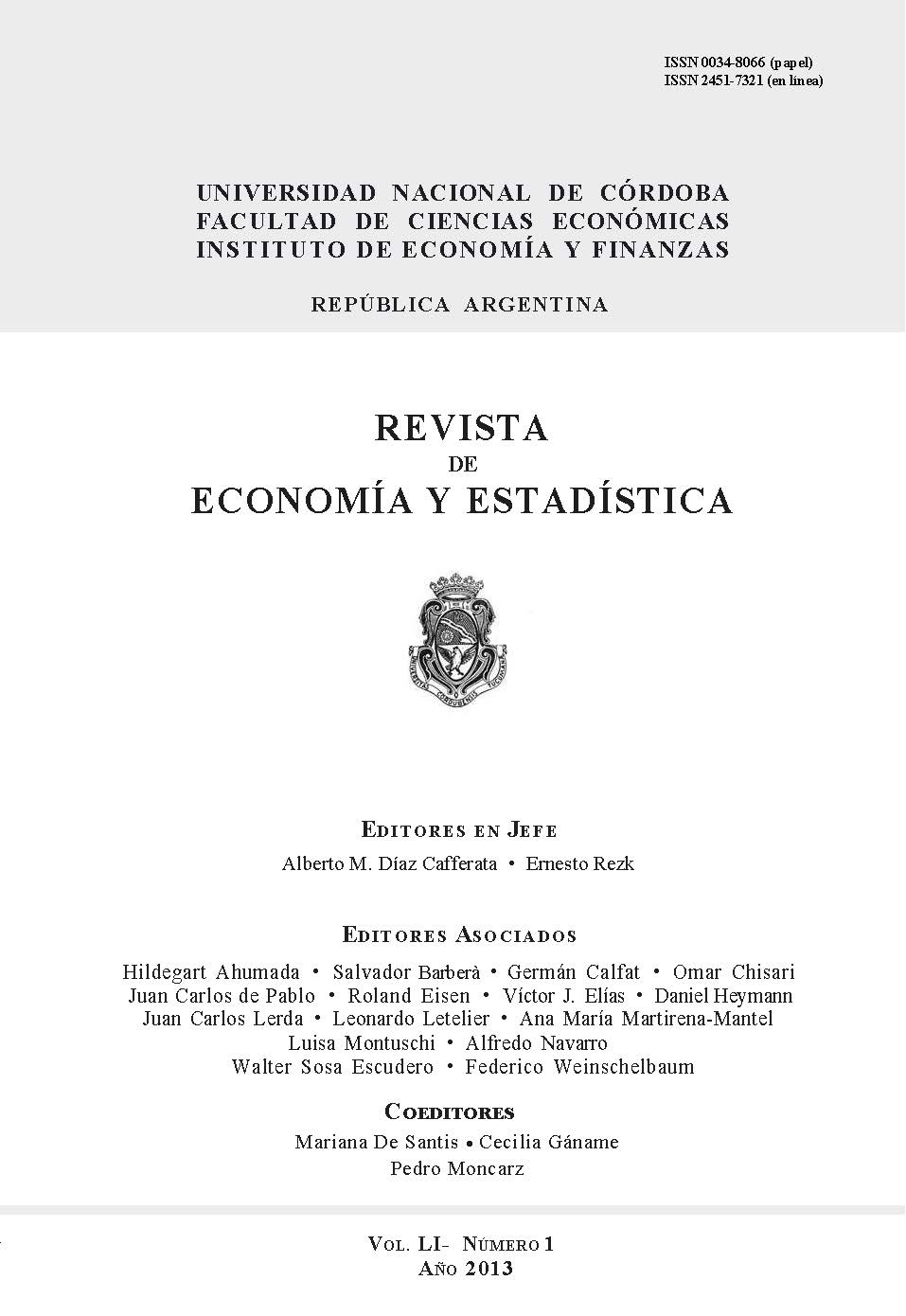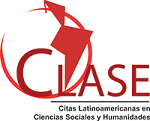What if Cartel Fines are not high enough? Implications on Deterrence and Productive Efficiency
DOI:
https://doi.org/10.55444/2451.7321.2013.v51.n1.11876Keywords:
collusion, productive efficiency, antitrust policy, deterrence, leniency programs, social welfareAbstract
I develop a model in which cartel firms allocate costly effort to activities related to productive efficiency and concealment: the higher the fine or the probability of inspection, the more biased the firms' effort allocation towards concealment. In this context, a fine increase can improve welfare through fewer cartels, but also reduce it through more inefficient surviving ones. The analysis suggests a carefully design of policy such that achieving a level of deterrence and productive (in)efficiency socially accepted. Within this framework, I also consider the implications of leniency programs. I show that leniency enhances incentives on deviation more that in standard models of collusion.
Downloads
References
Aubert, C. (2009). “Managerial eort incentives and market collusion”. TSE Working Papers 09-127, Toulouse School of Economics (TSE), Dec.
Aubert, C., Kovacic, W., and Rey, P. (2006) “The impact of leniency and whistleblowing programs on cartels”. International Journal of Industrial Organization, vol. 24, pp.1241-1266.
Baker, W. , and Faulkner, R. (1993). “The social organization of conspiracy: Illegal networks in the heavy electrical equipment industry”. American Sociological Review, vol. 58, pp. 837-860.
Buccirossi, P., and Spagnolo, G. (2001). “Leniency programs and illegal exchange: how (not) to ght corruption”. Tech. rep., Working Papers in Economics and Finance, 451, Stockholm School of Economics.
Buccirossi, P., and Spagnolo, G. (2006). “Leniency policies and illegal transactions”. Journal of Public Economics, vol. 90, n. 6–7, pp. 1281–1297.
Chang, M., and Harrington, J. (2009). “Modeling the birth and death of cartels with and application to evaluating competition policy”. Journal of the European Economic Association, vol 7, n. 6 , pp. 1400-1435.
Chen, J., and Harrington, J. (2005). “The impact of the corporate leniency program on cartel formation and the cartel price path”. CIRJEF-Series CIRJE-F-358, CIRJE, Faculty of Economics, University of Tokyo,Aug.
Chen, Z., and Rey, P. (2007). “On the design of leniency programs”. IDEIWorking Papers 452, Institut d' Economie Industrielle (IDEI), Toulouse, Apr.
Griffin, J. (2000). An inside look at a cartel at work: Common characteristics of international cartels. American Bar Association.
Harrington, J. (2004). “Cartel pricing dynamics in the presence of an antitrust authority”. RAND Journal of Economics, vol 35, n. 4, pp. 651-673.
Harrington, J. (2005). “Optimal cartel pricing in the presence of an antitrust authority”. International Economic Review, vol. 46, n. 1, pp. 145-169.
Harrington, J. (2006). “How do cartels operate?”. Foundations and Trends in Microeconomics, vol. 2, n. 1, pp 1-105.
Harrington, J. (2008). “Optimal corporate leniency programs”. Journal of Industrial Economics, vol. 56, n. 2, pp. 215–246.
Harrington, J. (2011). “When is an antitrust authority not aggressive enough in fighting cartels?”. International Journal of Economic Theory, vol. 7, n. 1, pp. 39–50,
Holmstrom, B., and Milgrom, P. (1991). “Multitask principal-agent analyses: Incentive contracts, asset ownership, and job design”. Journal of Law, Economics and Organization, vol. 7, special issue, pp. 24-52.
Jellal, M., and Souam, S. (2004). “Delegation, incentives and antitrust enforcement”. Working Papers 2004-41, Centre de Recherche en Economie et Statistique.
Levenstein, M. C., and Suslow, V. (2006).“What determines cartel success?”. Journal of Economic Literature, vol. 44, n. 1, pp. 43-95.
Mota, M., and Polo, M. (2003). “Leniency programs and cartel prosecution”. International Journal of Industrial Organization, vol. 21, pp. 347-379.
Spagnolo, G. (2000). “Self-defeating antitrust laws: How leniency programs solve bertrand's paradox and enforce collusion in auctions”. Tech. rep., FEEM Working Paper No. 52.
Spagnolo, G. (2008). Handbook of Antitrust Economics. Vol. 1 of MIT Press Books. The MIT Press, pp. 259-303.
Downloads
Published
How to Cite
Issue
Section
License
Copyright (c) 2013 María C. Avramovich

This work is licensed under a Creative Commons Attribution-NonCommercial-NoDerivatives 4.0 International License.
Authors who have publications with this journal agree to the following terms:
Authors retain their copyright and grant the journal the right of first publication of their work, which is simultaneously subject to the Creative Commons Attribution-NonCommercial-NoDerivatives 4.0 International License that allows third parties to share the work provided that its author and first publication in this journal are indicated.
Authors may adopt other non-exclusive licensing arrangements for distribution of the published version of the work (e.g. depositing it in an institutional telematic archive or publishing it in a monographic volume) as long as the initial publication in this journal is indicated.
Authors are allowed and encouraged to disseminate their work via the Internet (e.g. in institutional telematic archives or on their website) before and during the submission process, which can lead to interesting exchanges and increase citations of the published work. (See The Open Access Effect)









